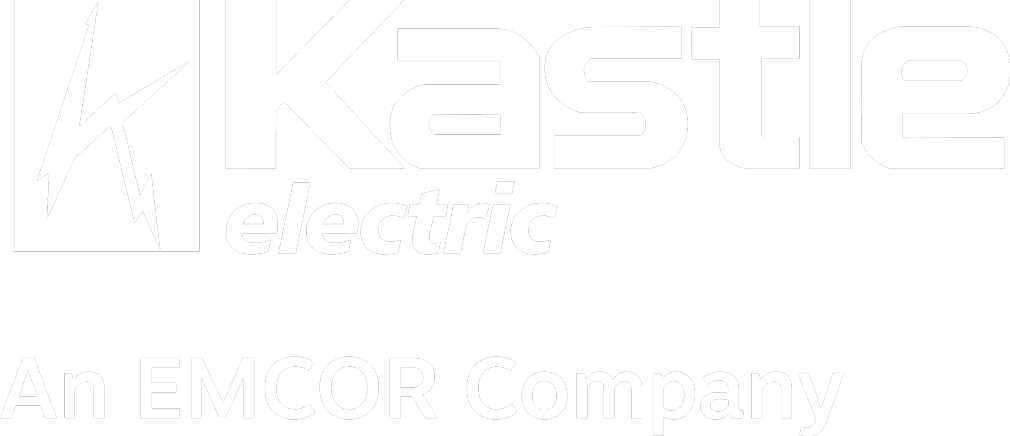Business Continuity
We rarely get advance notice that a disaster is ready to strike.
We rarely get advance notice that a disaster is ready to strike. Even with some lead time, though, multiple things can go wrong; every incident is unique and unfolds in unexpected ways.
This is where a business continuity plan comes into play. To give your organization the best shot at success during a disaster, you need to put a current, tested plan in the hands of all personnel responsible for carrying out any part of that plan.
Many people think a disaster recovery (DR) plan is the same as a business continuity plan, but a DR plan focuses mainly on restoring an IT infrastructure and operations after a crisis. It’s actually just one part of a complete business continuity plan, as a BC plan looks at the continuity of the entire organization.
Emergency lighting, power and safety procedures are a critical aspect of maintaining safety during a power outage, especially when the outage affects the entire facility. Backup exit and emergency lighting is designed to function automatically when power is lost, and it’s vital to maintain and repair these safety tools before a power outage occurs.
A solid emergency plan with specifically laid out safety procedures can go a long way during an unplanned crisis. An emergency plan should cover four key issues:
- We will work with your facility manager to identify the critical systems that must be kept running.
- List of critical equipment and other property that must be checked on in case of a power outage.
- Checklist for every action the facilities management team needs to take during the power outage or other crisis.
- In the event of an unplanned outage or emergency, it can be difficult to think clearly and remember everything that must be taken care of.
That’s why lists like the one above are so essential for facility managers to have on hand; creating a solid plan and safety checklist before a power outage can ensure the occupants of the building remain safe and the facility’s equipment isn’t damaged.
A disaster recovery plan (DRP) is a documented, structured approach with instructions for responding to unplanned incidents.
This step-by-step plan consists of precautions to minimize the effects of a disaster so the organization can continue to operate or quickly resume mission-critical functions. Typically, disaster recovery planning involves an analysis of business processes and continuity needs. Before generating a detailed plan, an organization often performs a business impact analysis (BIA) and risk analysis (RA), and it establishes the recovery time objective (RTO) and recovery point objective (RPO).
Our predictive and preventive electrical maintenance plans can identify issues within your electrical distribution system before they become a problem. A solid emergency plan with specifically laid out safety procedures, backup resources and personnel can go a long way during an unplanned crisis.
No contingency plan can eliminate all risk of service interruption or temporarily impeded account access. Nevertheless, we assess and update your plans to mitigate risks to the extent reasonable. In creating our business continuity and contingency plan, certain assumptions have been made, such as alternative power sources and accessible, sufficient personnel being available.




